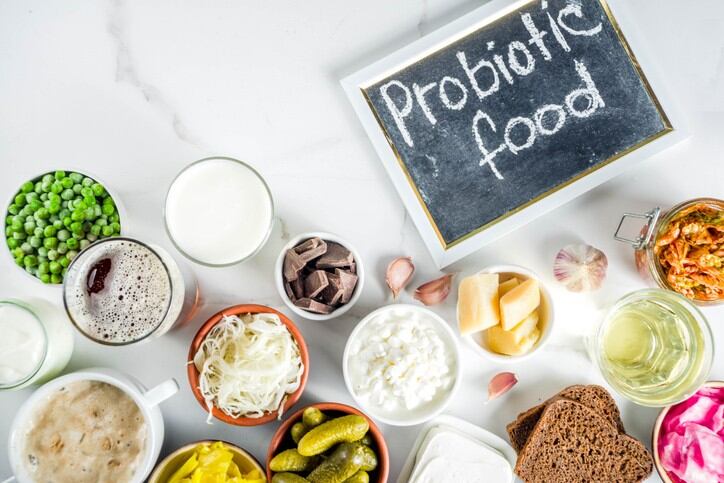While the potential health benefits of functional food ingredients like probiotics and prebiotics are often touted, the impact that these components can have on the texture of food is something that has been less widely reported and considered.
“Texture is one of the most important sensory characteristics of food products, which influence greatly the consumer’s acceptance,” noted researchers writing in Current Opinion in Food Science.
“Moreover, the texture may influence the food intake and satiety, being important in the development of products aiming to control obesity and for seniors with masticatory/swallowing dysfunctions.”
Led by Jonas Guimarães from Universidade Federal Fluminense (UFF) in Brazil, the research team noted that recent advances in food technology have allowed manufacturers to incorporate a wide variety of functional ingredients into foods – with the aim of boosting nutritional values without impacting the sensory characteristics of the product.
However, they note that in many cases, despite a strong demand for healthy products, consumers reject functional foods “due to the low sensory acceptance.”
Despite the health benefits provided by the prebiotics and probiotics, Guimarães and colleagues noted that such ingredients can have an important influence the food texture – which if carefully considered can be manipulated to develop products with a desired texture.
Prebiotic textures
The team note that given the most recent ISAPP definition, prebiotics do not need to be a carbohydrate. However, they noted that many recognised prebiotics come in the form of non-digestible carbohydrates.
“Typical examples of prebiotic compounds are the oligosaccharides, which cannot be digested by human enzymes, but may be metabolized by a group of host microorganisms, mainly those from gut microbiota, as Bifidobacterium and Lactobacillus,” note the researchers.
The addition of such non-digestible polysaccharides into foods can have a distinct effect on food structure and rheological behaviours, said the authors – noting that for certain applications such as ice cream, the addition of a prebiotic can add depth and creaminess, while for other products there may be negative effects.
“Among the studied prebiotic compounds, the inulin, FOS and GOS had the most interesting effects in viscosity, consistency and firmness, mainly in liquid or semi solid dairy products,” they noted.
“However, the addition prebiotics to solid products may influence negatively, depending on the desired texture of the product.”
Probiotic impact
While the structural size and effects of prebiotics – especially non-digestible fibres – may have an impact on texture that must be addressed, the team noted that for probiotics, the main issues tend to relate to the production of secondary products such as exopolysaccharides (EPS) – which may impact sensory characteristics.
“Overall, the texture of food products is dependent on both the bacteria used for fermentation and process parameters,” they said noting that some lactic acid bacteria (LAB) can improve texture through production of metabolites or by hydrolysing added fibres during the production process.
They added that many polysaccharides produced by food-grade LAB are well known to act as natural thickeners, emulsifiers, stabilizers, binders, gelling agents, coagulants and suspending agents in food and cosmetics industry.
“EPS from LAB bacteria can also be isolated and applied to starchy products (e.g. bread, pasta, noodles, soup, salad dressings, jellies, puddings, white sauce, ketchup) in order to prevent syneresis as well as to improve appearance and texture properties of starch,” they said – noting that EPS are currently being studied for potential applications in gluten-free bread products.
Great potential
Guimarães and colleagues concluded that in addition to their potential for providing health benefits, there is great interest and potential in the use of prebiotics and probiotics to enhance and manipulate the texture of food products.
They added that the use of probiotics and prebiotics to modify food texture creates further opportunities for development of novel functional foods with desirable sensory characteristics.
Source: Current Opinion in Food Science
Volume 33, June 2020, Pages 38-44, doi: 10.1016/j.cofs.2019.12.002
“Impact of probiotics and prebiotics on food texture”
Authors: Jonas T Guimarães, et al

